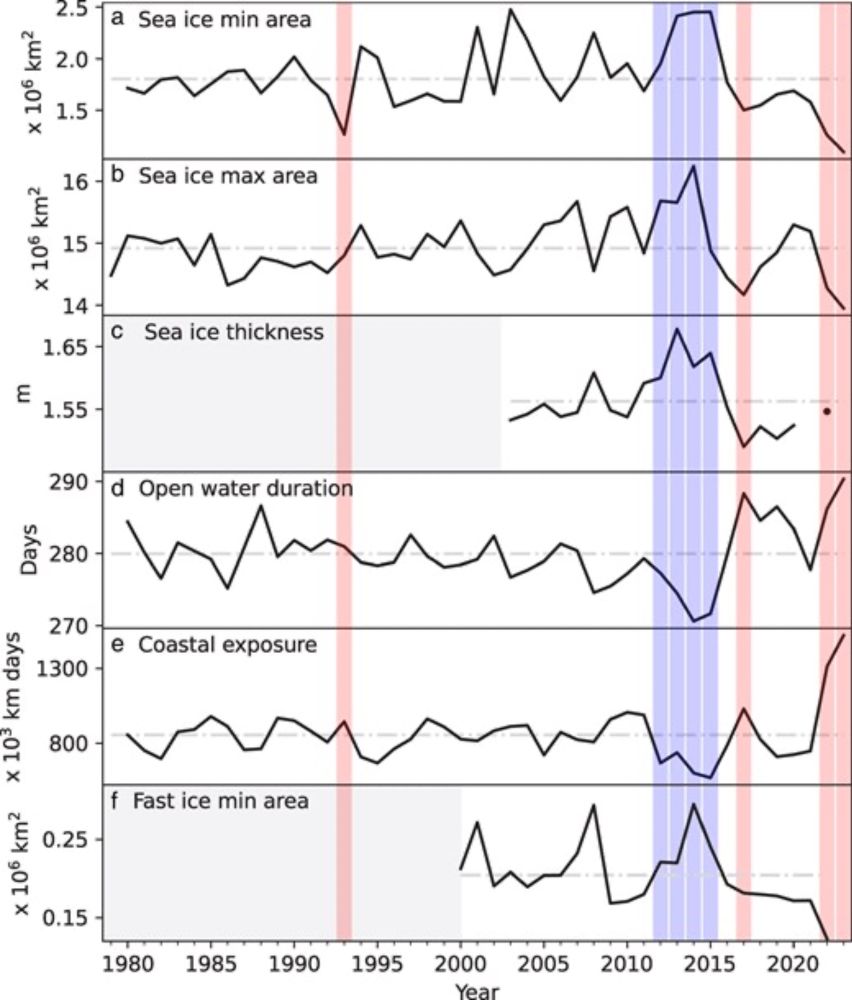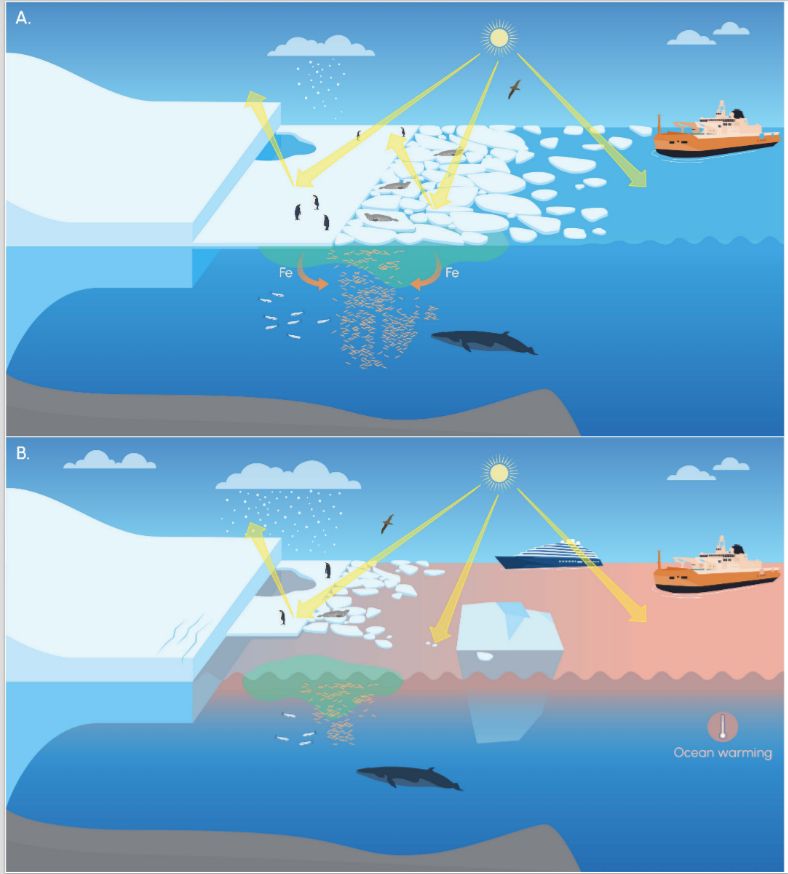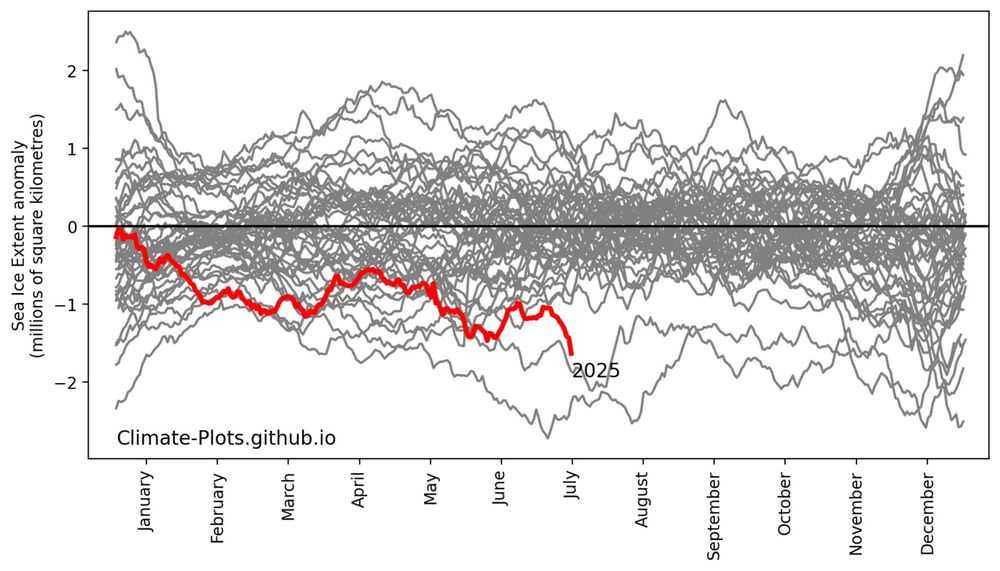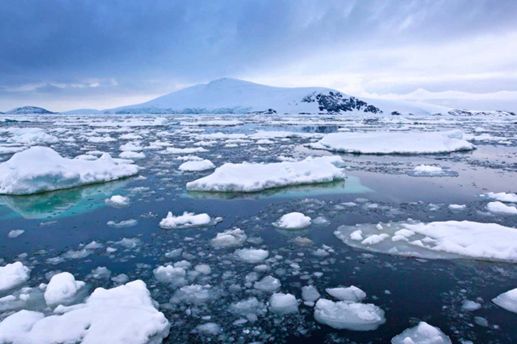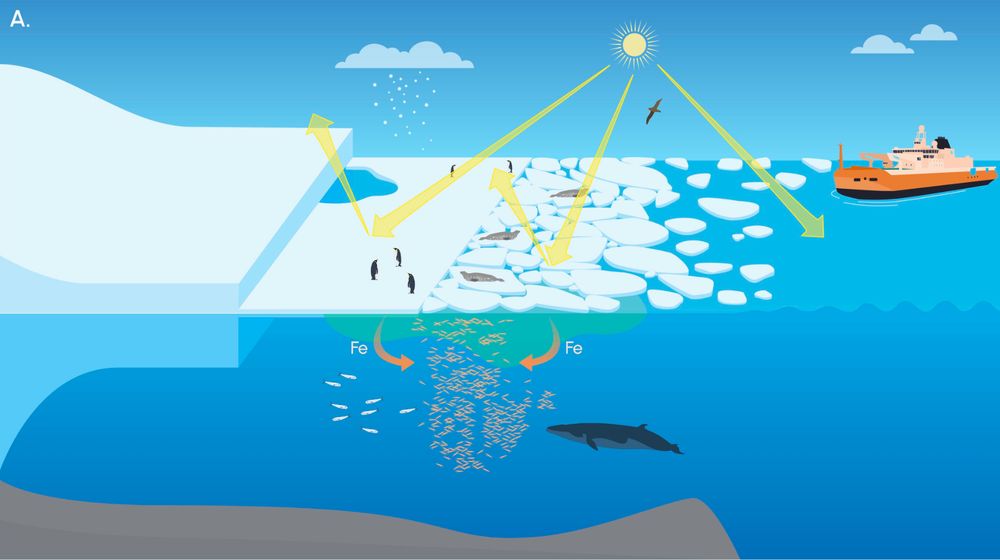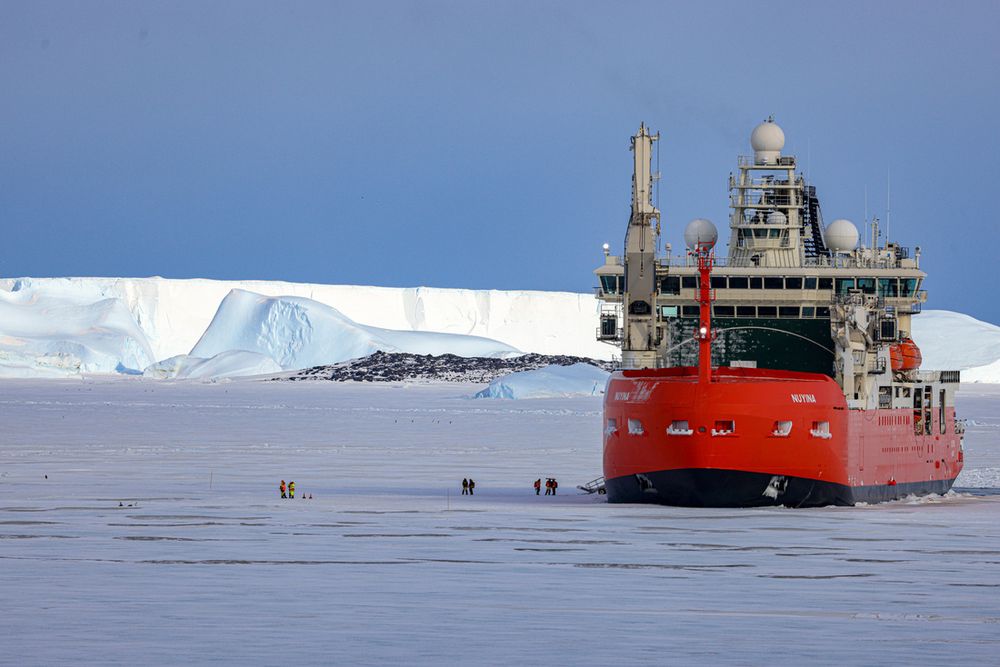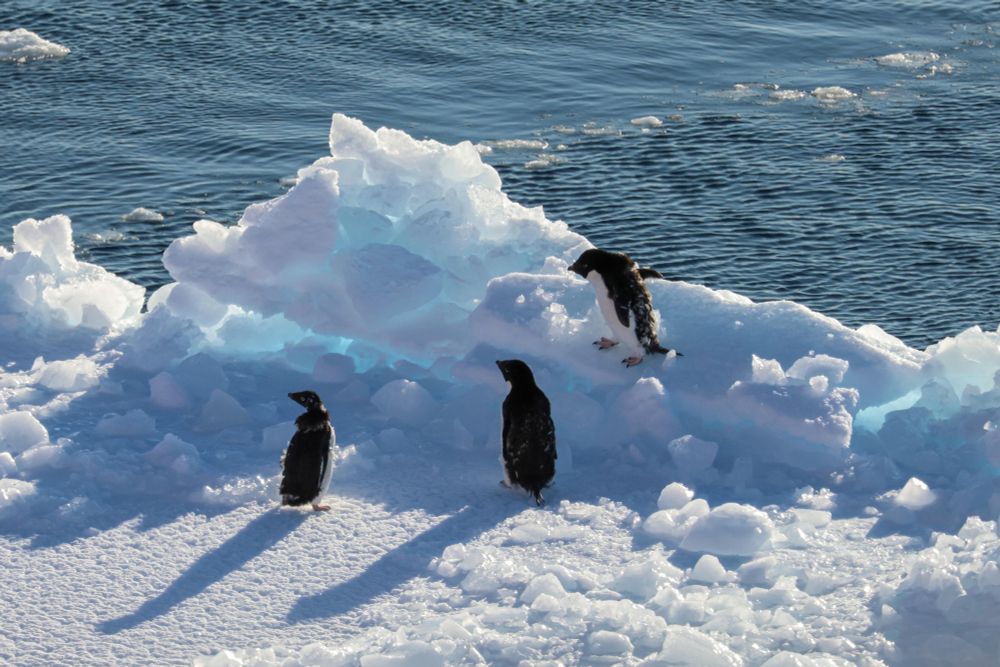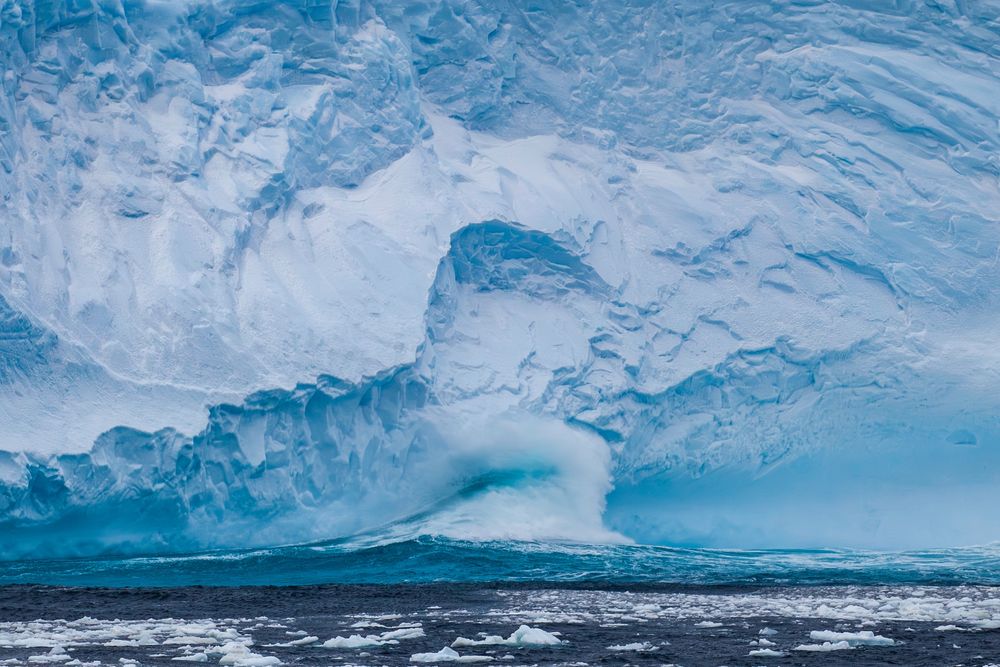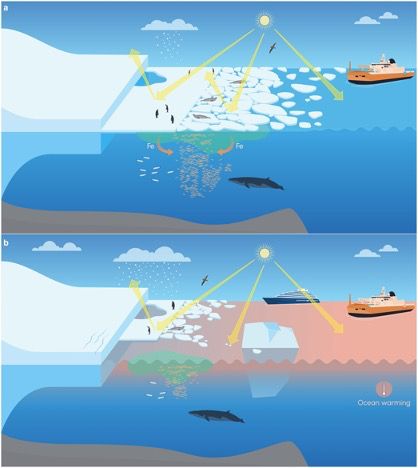Ed Doddridge
@edoddridge.bsky.social
1.4K followers
850 following
200 posts
Oceanographer, climate scientist, and outdoor enthusiast. Born at 344 ppm. he/him
Doddridge.me
📍 Lutruwita, Australia
Posts
Media
Videos
Starter Packs
Ed Doddridge
@edoddridge.bsky.social
· Sep 5

Songs from the South: a cacophony of change around the Antarctic - rst.org.au
Antarctica and the Southern Ocean lie at the heart of our global climate system. The Southern Ocean acts as a key regulator of global climate by connecting our oceans both horizontally and vertically;...
rst.org.au
Ed Doddridge
@edoddridge.bsky.social
· Aug 26
Ed Doddridge
@edoddridge.bsky.social
· Aug 20

Emerging evidence of abrupt changes in the Antarctic environment - Nature
Abrupt changes are developing across Antarctica’s ice, ocean and biological systems; some of these changes are intensifying faster than equivalent Arctic changes, potentially irreversibly, and their i...
www.nature.com
Reposted by Ed Doddridge
Ed Doddridge
@edoddridge.bsky.social
· Jul 8
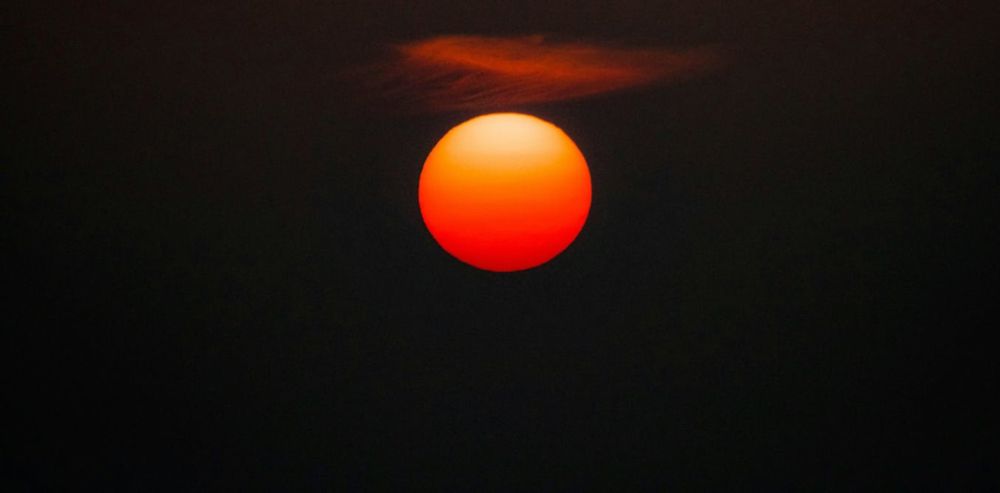
Around 250 million years ago, Earth was near-lifeless and locked in a hothouse state. Now scientists know why
The answer confirms scientists’ suspicion that when our planet’s climate crosses certain ‘tipping points’, truly catastrophic ecological collapse can follow.
theconversation.com
Ed Doddridge
@edoddridge.bsky.social
· Jul 2
Ed Doddridge
@edoddridge.bsky.social
· Jul 2
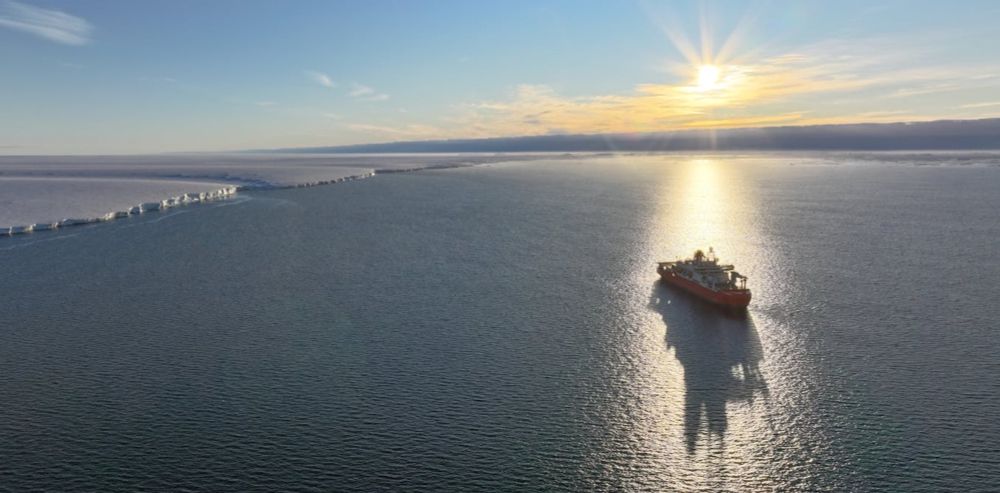
Antarctic summer sea ice is at record lows. Here’s how it will harm the planet – and us
New research explores the wide-ranging consequences of record low summer sea ice in Antarctica. From more ocean warming to extra icebergs, it’s bad news we must hear.
theconversation.com
Ed Doddridge
@edoddridge.bsky.social
· Jul 2
Reposted by Ed Doddridge


